My new motto as of late has been out with the new and in with the old. After building my first fly rod which was a 7′ 3/4 wt fiberglass, I decided I wanted an older reel to pair with it. Little did I know I was about to enter a whole new addictive realm of fly fishing…antique reels. I’m not even going to think about old fiberglass and bamboo rods at the moment for fear that my head might explode, and I end up broke.
I knew I was in the market for an old click and pawl reel but I really didn’t know what I was looking for. After a few weeks of bouncing from one forum to the next, I knew I really liked the idea of owning a few Hardy Clones from their lightweight series due to their reputation for durability, functionality, and can be acquired for a reasonable price, but that is changing as we speak. The demand for these old Hardy clones are increasing and their value keeps appreciating since the market for old fiberglass rods is increasing. There is now a greater need to pair glass and bamboo with period specific reels that also balance them well. There also comes a time when grown ups want to play with their old toys from childhood and these old Hardy knock offs fit that bill too. The clones are a tad heavier than their Hardy counterparts but they are by no means heavy reels. Many of these clones just collected dust as proud Hardy owners and other reel enthusiasts turned their noses up at them…insulted an Asian import could produce a quality product at a fraction of the cost of a made in England one. The clones also didn’t fit into the traditional mold of older reels. They were available in a wide range of colors, some of which were probably considered outside the box at the time, and they had tacky badges on them. Blacks, grays, browns, and tans were more the norm. For these reasons it’s not really surprising they didn’t take off at the time but like Bob Dylan once said, “Times they are a changin.”
I think as fly fisherman grow, an appreciation for the tools used before our time to catch fish develops. There is an appreciation of history and tradition running through our blood, and over time, we are suddenly able to tap into it. The simplicity and functionality of older reels has been proven over the years. With a little TLC, and proper application of the reel, and old click and pawl can last around 100 years and maybe only need a new pawl and spring somewhere along the way. There is just something spectacularl about using an old reel that caught fish for many years…and then using it yourself…adding to that history…and knowing when you die, that same reel isn’t done creating history and catching fish. Whoa…that got deep.
Another feature of the clones I really liked was the ability to interchange Hardy parts and spools (to an extent), as well as other clone parts of the same size (to an extent). Many clones had multiple manufacturing runs and some spindle sizes and latches etc just don’t interchange. You can obtain Hardy pawls and springs if needed through Pure Fishing, and they will also optimize the performance of a clone. I read the drag is much smoother and they “purr like a kitten”. I think I will try putting hardy pawls and springs in one of my LRH clones and see what the fuss is about. After playing around with my Heddons, Daiwas, and Eagle Claw clones, I know I quite enjoy the amount of click volume I get from them and they are smooth enough. I like to think these old click & pawl reels help keep the bears away if you’re fishing in the wilderness or maybe keep the cows at bay in the Driftless area.
Another nifty feature of these reels is the ability to easily change the retrieve from RHW to LHW. It’s just a matter of disengaging one pawl and engaging the other. Also, if you wear one side out just flip the parts around and you should be good to go.
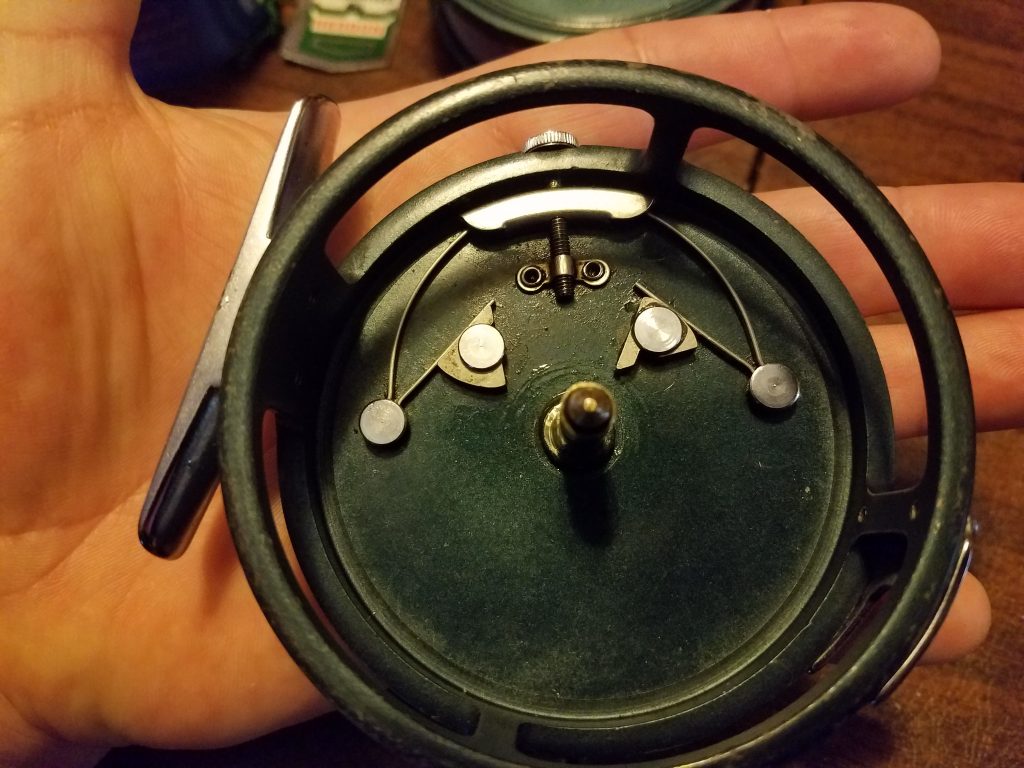
Pawl orientation for LHW. For RHW, simply disengage the one on the right and engage the one on the left.
The Hardy Lightweight Series includes the following models: Flyweight (2 1/2″), Featherweight (2 7/8″), LRH (3 1/8″), Princess (3 1/2″), and St. Aidan (3 7/8″). My recent experience on the auction site has been that depending on condition, you should be able to get a pretty solid clone with minor wear for around $50 if you’re patient. A clone in near mint should fetch around $75. Mint clones with original box and papers can go for around $100. Kinda crazy considering these reels were priced between $5 – $12 back in the day, and it’s even more crazy a mint hardy clone today is fetching the same price as a new Hardy years ago.
Here is a list of Hardy Clones I’ve come across. This is by no means a complete list but it accounts for the vast majority I’ve seen: Heddon/Roddy [UK Mfg] 300 series (300, 310, 320), Eagle Claw series (EC 10, EC 11, EC 12, EC 14), Berkley (530, 540, 550),Daiwa 700 Series (700, 710, 720, 740), Compac, Zebco Z56, Alford, and LL Bean Quest & Guide Series. Any fly reel that has the iconic 6 rivet spacing is likely a Hardy Clone.
Here is the Hardy Equivalent breakdown for some of the most common models I listed:
Hardy Featherweight = Heddon 300 = Daiwa 700 = Berkley 530 = EC 10
Hardy LRH = Heddon 310 = Daiwa 710 = Berkley 540 = EC 11
Hardy Princess = Heddon 320 = Daiwa 720 = Berkley 550 =EC 12
Hardy St. Aidan = Daiwa 740 = EC 14
The Heddons are the most common by far and that’s just fine. They are well thought of and I love their signature “Heddon Green” color. They function just fine to boot, and I have two of them. The earlier production runs of the Heddons can be identified by the stamp on the reel foot reading “assembled in USA”. They were likely first assembled in the USA to ease consumers minds about buying an Asian knock-off. They were later manufactured and assembled in Japan and the reel foot simply reads, “Heddon – Japan.” I own both versions and like the earlier USA assembled one better, if for no other reason than the paint finish is a slightly brighter green and was assembled in the good old USA which likely had better quality checks. The functionality seemed about equal to me so the Japan assembly and quality checks were likely pretty good on these Heddons too or they got really good by the time my reel was made . Now I’ve handled 2 different Eagle Claw’s and one was noticeably superior to me and that would be the Japan reel foot stamped one. The EC’s were later manufactured in Taiwan and I found the springs to be of lesser quality (This reel seemed to have little wear so I don’t think the springs were worn) and the cog on the spool was of a lesser quality metal and the gear wasn’t stamped the same. The back-up spool also had a cracked cog and the cylinder looked to be cracking too. The idea of going from one Asian manufacturer to another instantly makes me think it was purely for cost cutting measures. So far I like the Daiwa 700 series best. There is very little rocking on the spool and I’m obsessed with the blue/green/grey color. Actually, the Daiwa 710 I own has no rocking whatsoever and the tension screw noticeably increases the drag. I also have a 740 paired with my 9′ 8wt Helios 2 and just love it.
These Hardy Clones have a convoluted and rich history behind them which only adds to their interest. The Dude would say these reels have, “..You know…a lotta ins, lotta outs, lotta what-have-you’s…” Anyway, I really love these nifty reels and I highly recommend picking one up.

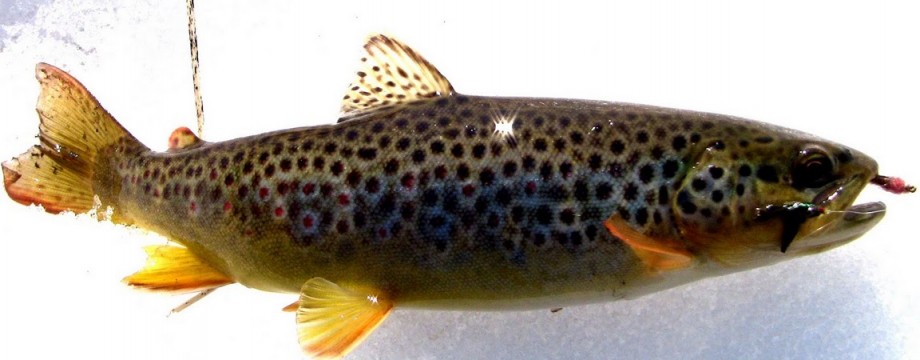
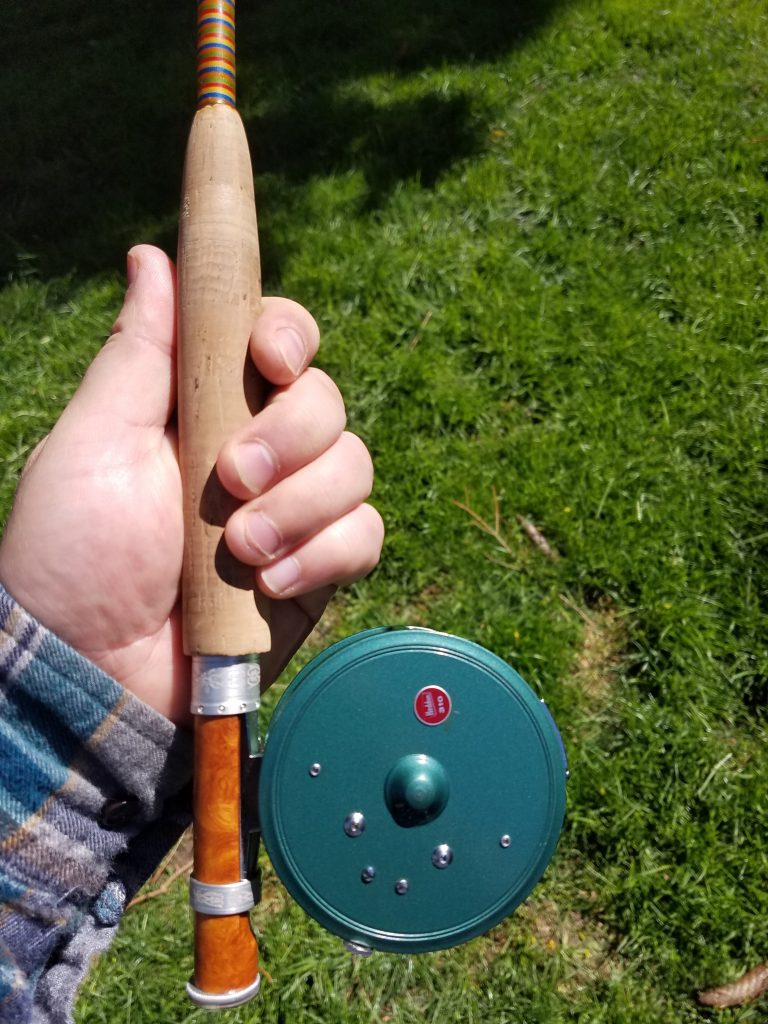
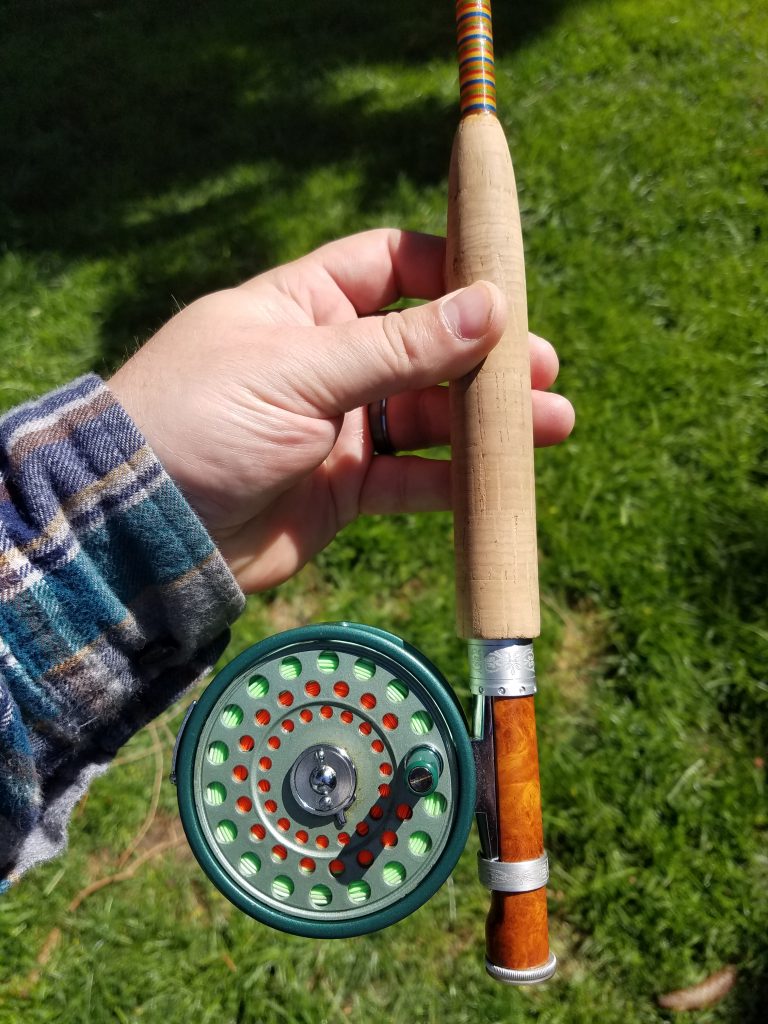
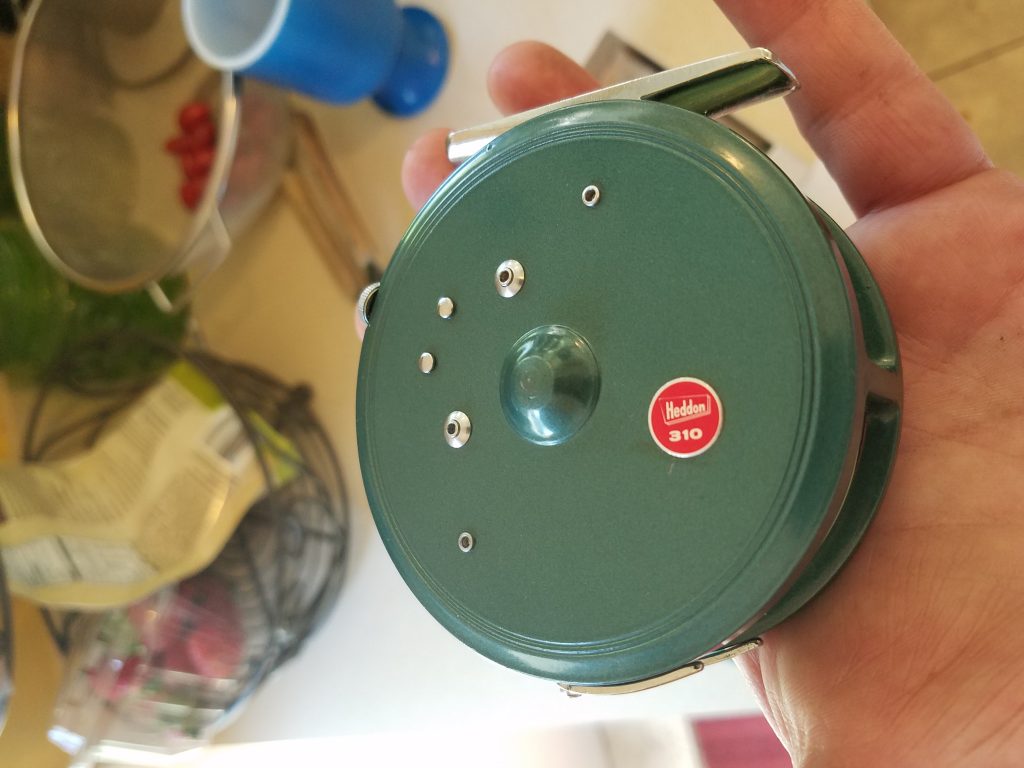
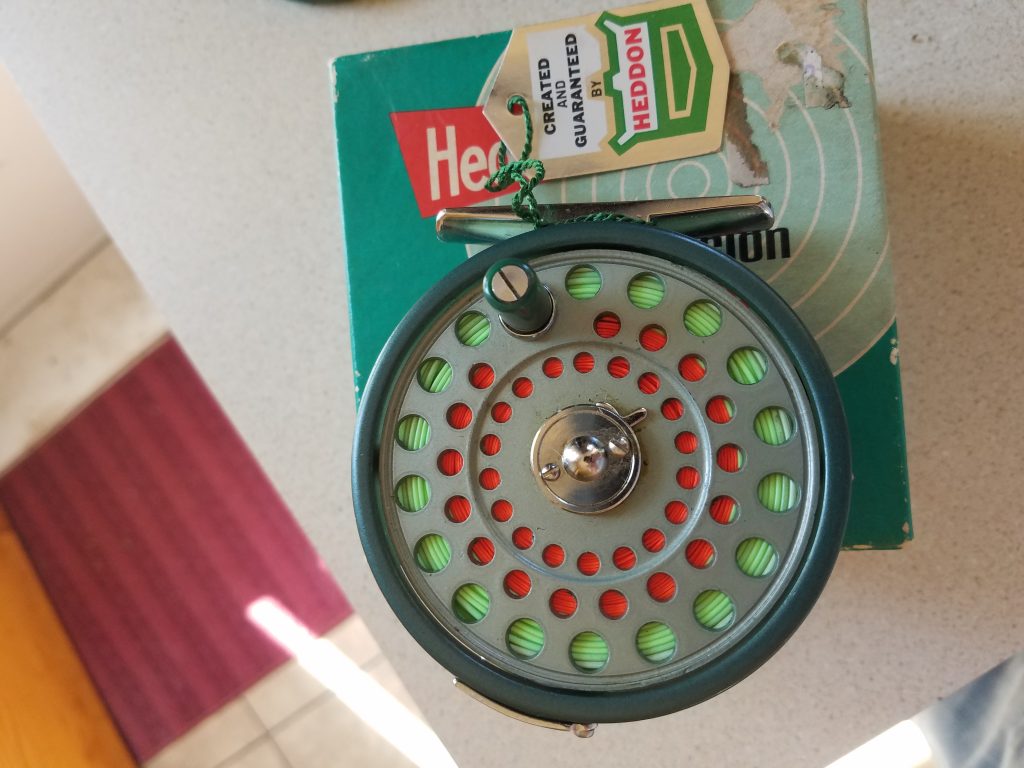
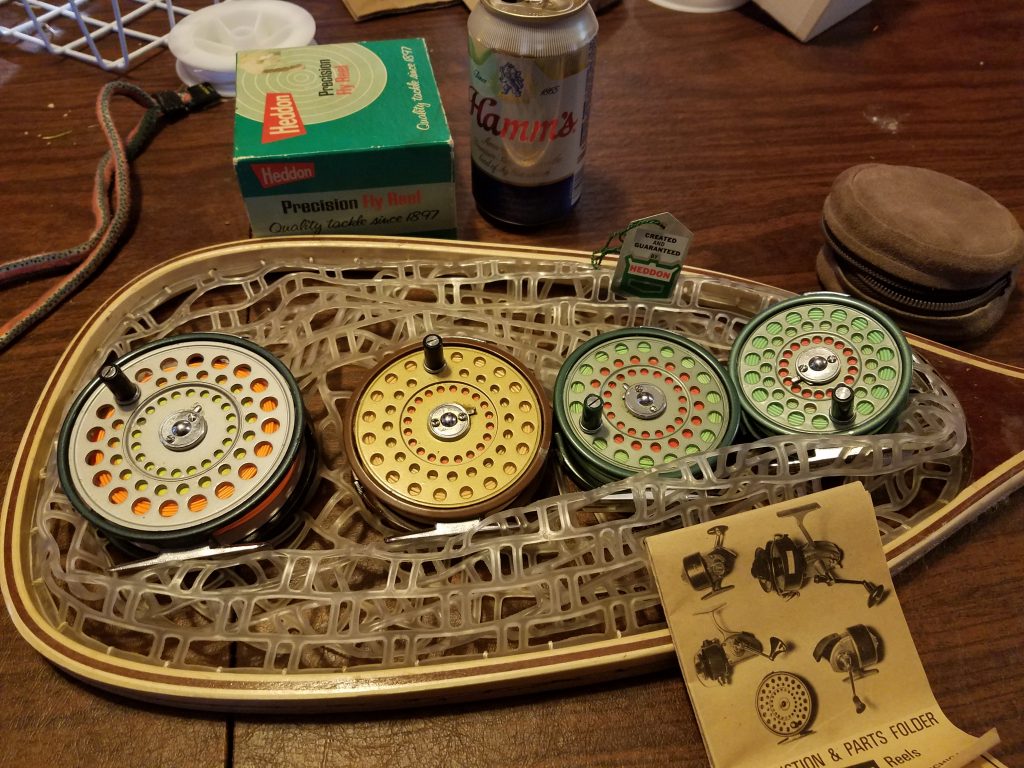
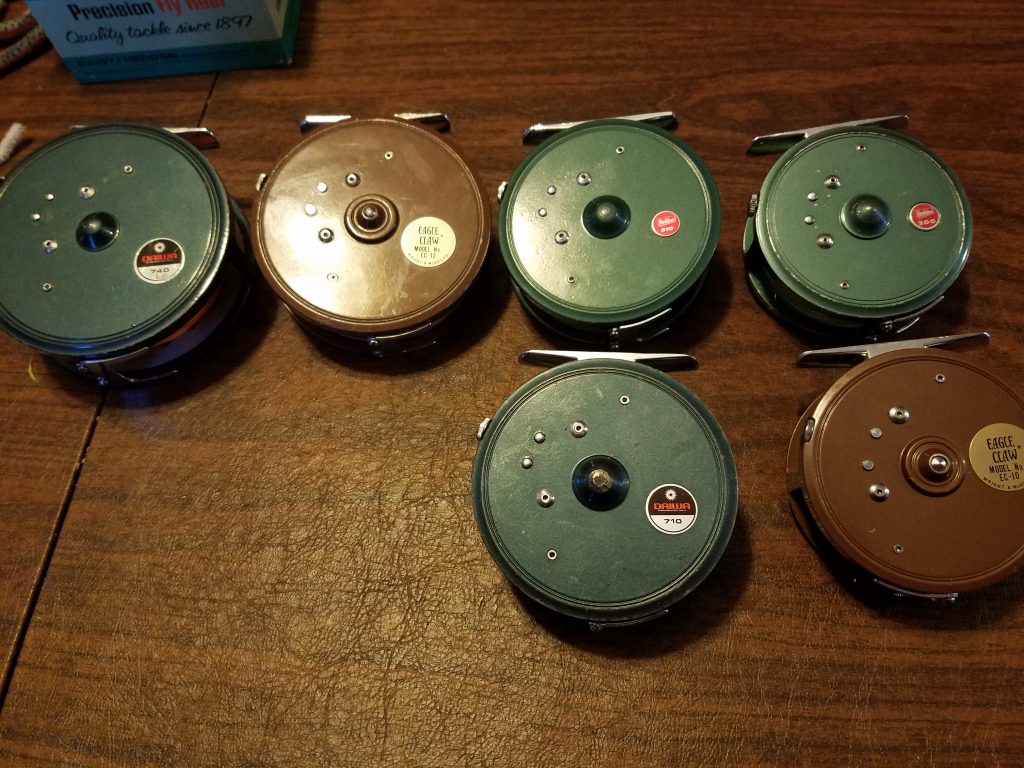
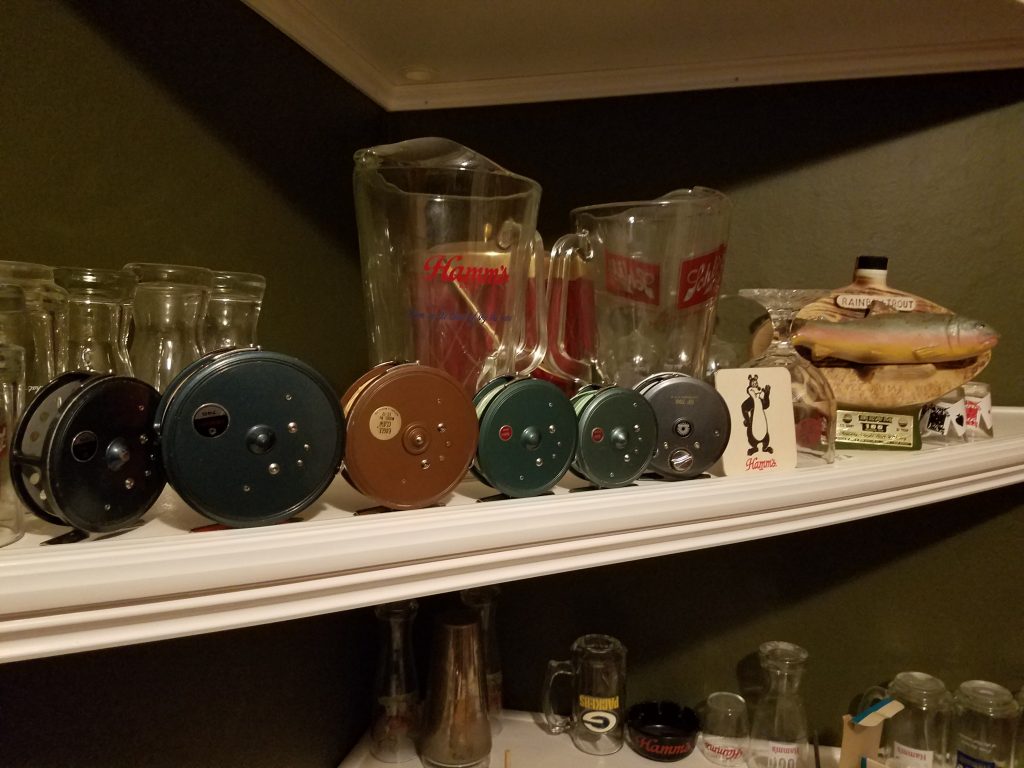
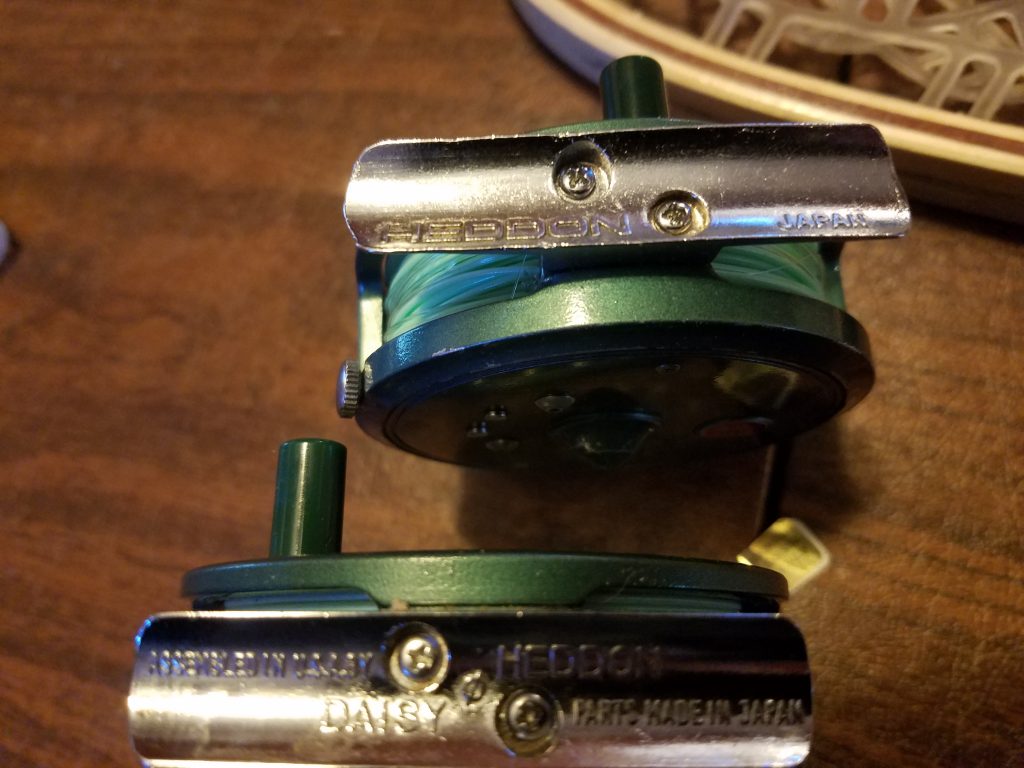
7 Responses to Attack of the Hardy Clones